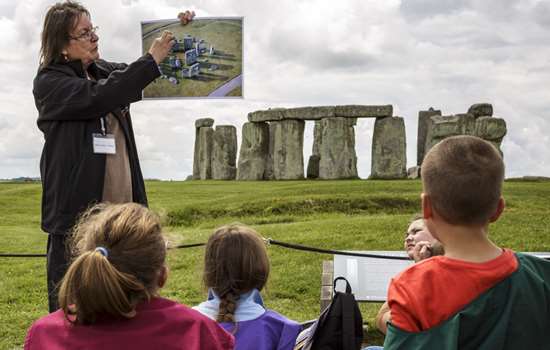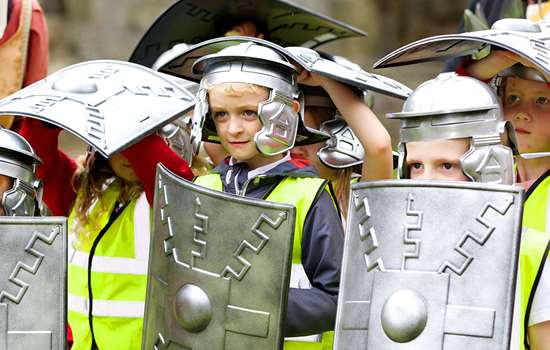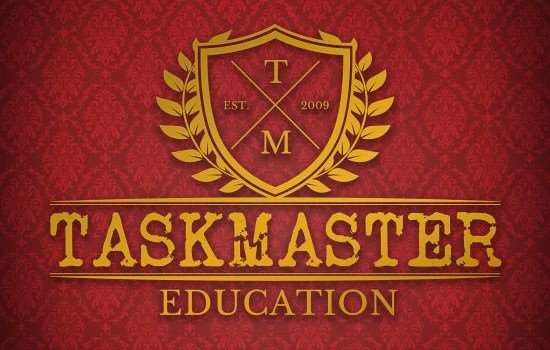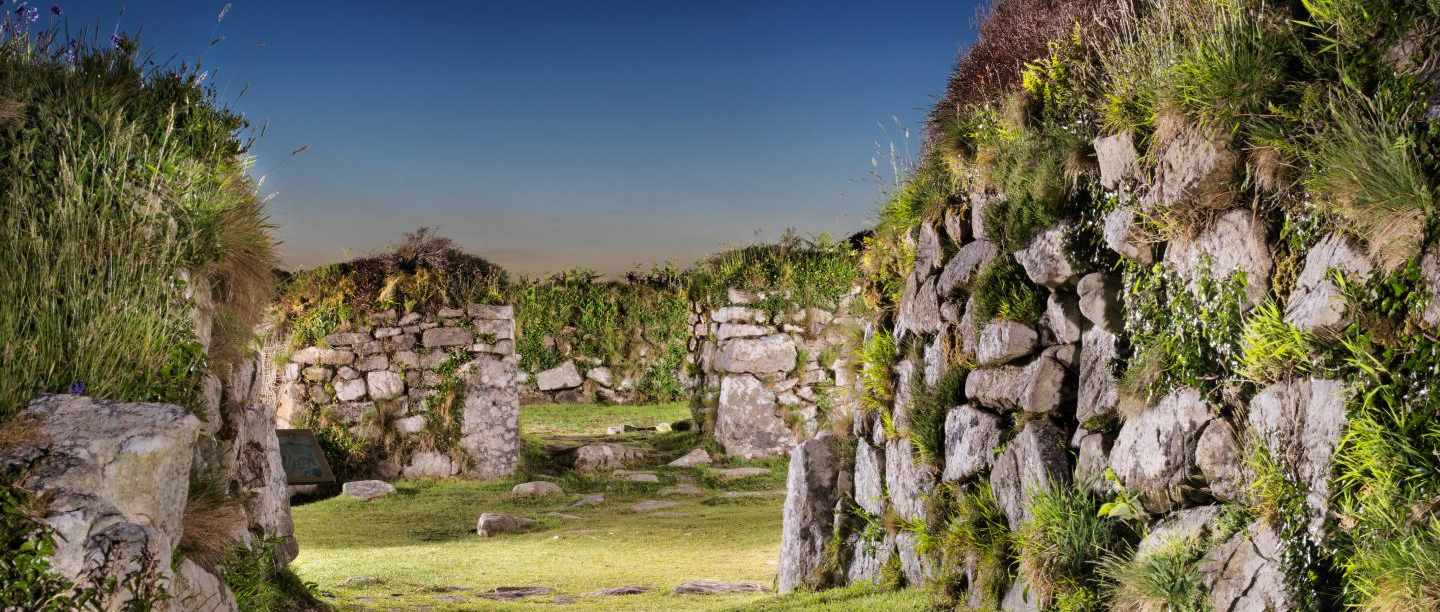Curriculum Links
Support your teaching in the classroom by stepping out of it. A visit to Chysauster Ancient Village will help you bring learning to life, covering multiple topics across the curriculum and key stages.
- KS1 History: Significant historical events, people and places within the locality
- KS1 Geography: Geographical skills and fieldwork
- KS2 History: A local history study. Changes in Britain from the Stone Age to the Iron Age
- KS2 Geography: Geographical skills and fieldwork: use fieldwork to observe, measure, record and present human and physical features in the local area. Human geography: types of settlement and land use
- KS3 History: A local history study. A study of an aspect or theme in British history that consolidates and extends pupils’ chronological knowledge from before 1066
- KS3 Geography: Human geography: understand how human and physical processes interact to influence and change landscapes and environments
Free Self-Led Visits
Book a free self-led visit to Chysauster Ancient Village and organise your day to suit your curriculum objectives. Explore the courtyard house remains and survey the ancient landscape from the viewing platform.
There is a range of education resources including metal working examples, replica pottery, textile processing items and grinding querns that can be facilitated by a volunteer. Please check for availability when booking.
Cornwall Heritage Trust (CHT) may give financial support for transport to enable primary schools to make visits to heritage sites or undertake visits which have a purpose of developing awareness and appreciation of Cornish heritage. You can apply for a transport grant here: https://www.cornwallheritagetrust.org/apply/transport-grants/
Enquire NowPlan Your Trip
We have a wide range of materials to support your visit and make school trip planning easy. You can find all our site-specific information and tools below, and for Covid-19 risk assessments and measures we’ve got in place please visit our what to expect page.
Download our free resources to help you make the most out of your visit and create unique learning experiences before, during and after your trip. We also offer free planning visits once you have made a booking, plus a 20% discount on the official English Heritage guidebook for your place of choice.
Once you book your visit you’ll be sent a visit permit, which you’ll need to bring with you on the day.
Visit our bookings page to start planning your trip!
Learning Resources
-

Teaching Prehistory
Use historical information, learning activities and tips from our historians, curators and educational experts to support your prehistory teaching.
-

Teaching the Romans
Use historical information, learning activities and tips from our historians, curators and educational experts to support your Romans teaching.
-
How did the Romans Change Britain?
Watch our short animation to find out more about how Roman rule impacted Britain.
-

Taskmaster Education at English Heritage
We’ve teamed up with Taskmaster Education to bring an extra layer of fun to school visits to our sites. Find out more about how we can help you create a Taskmaster-style experience during your trip.
-
Enquire now
0370 333 1181
-
Visit our bookings page to start your enquiry. All bookings must be made at least 14 days in advance. Please make sure you check our terms and conditions ahead of your visit.
If you’d like more information about a site or one of our workshops, get in touch using the online form on our bookings page to speak to your local Learning and Participation Officer. We look forward to seeing you soon.
